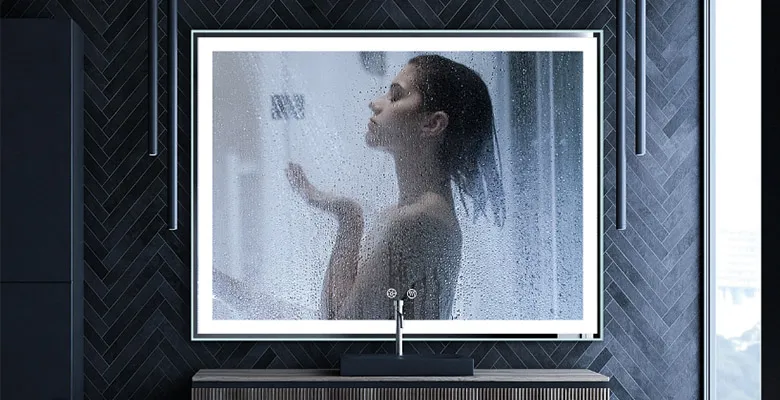LED mirrors have become increasingly popular in recent years due to their energy efficiency, longevity, and stylish design. Many people wonder if these mirrors need electricity to function. The answer is yes, all LED mirrors require electricity to operate.
LED stands for Light Emitting Diode, and it is a type of semiconductor device that produces light when an electric current passes through it. LED mirrors use these diodes to produce a bright and efficient source of light for grooming and other activities. These mirrors are designed to be hardwired into the electrical system of a home or building.
The hardwiring process involves running electrical wires from the mirror to an electrical junction box in the wall. This connection ensures that the mirror receives a constant supply of electricity and can operate without interruption. In addition, hardwiring is necessary for safety reasons since LED mirrors require a low voltage power supply to prevent electrocution.
While LED mirrors require electricity to operate, they are designed to be energy-efficient. Compared to traditional incandescent or fluorescent bulbs, LEDs use less energy and produce less heat. This means that LED mirrors not only save money on electricity bills but also help reduce the carbon footprint of a home or building.
Another benefit of LED mirrors is their longevity. LEDs have a much longer lifespan than traditional bulbs, and they do not burn out or fail suddenly. This means that LED mirrors can last for many years without needing to be replaced. In addition, LED mirrors do not require regular maintenance or bulb replacement, which can save time and money in the long run.
LED mirrors come in a variety of shapes, sizes, and designs, making them a versatile addition to any home or building. Some LED mirrors come with additional features, such as built-in Bluetooth speakers, defogging capabilities, and touch-sensitive controls. These features add to the convenience and functionality of LED mirrors and make them an attractive option for modern bathrooms, dressing rooms, and bedrooms.
In conclusion, all LED mirrors require electricity to operate. These mirrors are designed to be hardwired into the electrical system of a home or building for safety reasons and to ensure a constant supply of electricity. While LED mirrors require electricity, they are energy-efficient, long-lasting, and come in a variety of designs and styles to suit any taste. LED mirrors are an excellent investment for anyone looking to upgrade their home or building’s lighting system while also saving money on electricity bills and reducing their carbon footprint.




